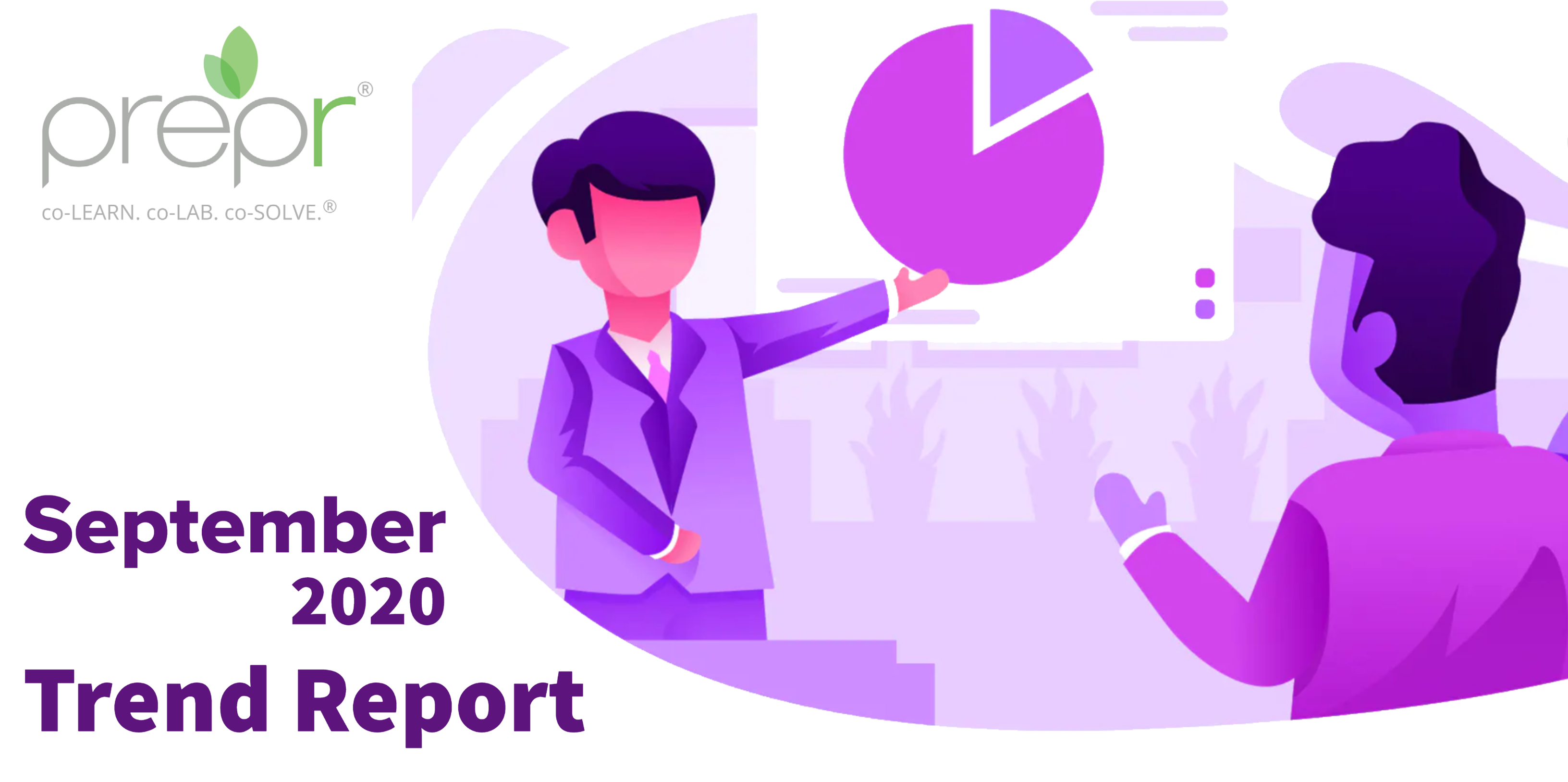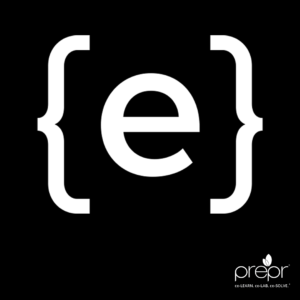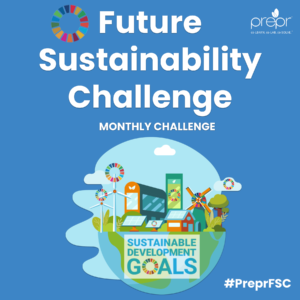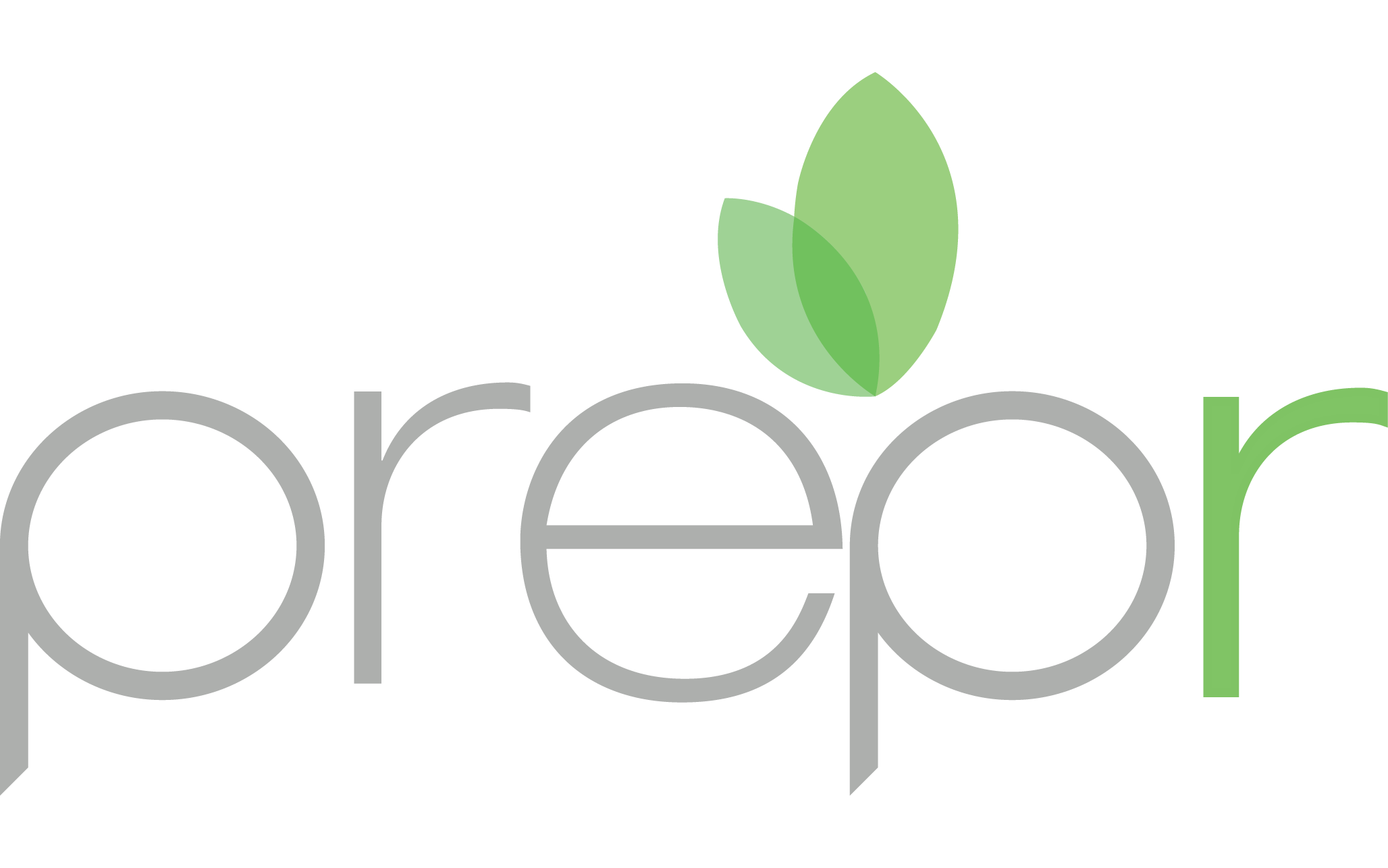
06 Oct Monthly Trend Report – September
Fall is here and students are starting a new school year. In the midst of the pandemic, school this year will not be like any other year. From the beginning of the pandemic, we are gradually noticing an increase in the number of technologies that are being used in various industries. In this report, Prepr will be looking into innovation trends in the Healthcare, Education, Manufacturing, Automotive, Energy, Retail, Food, Technology, Environment and Government sectors.
Healthcare: VR, Not Only for Gaming
Virtual Reality (VR) is increasingly being used as a learning tool for students and doctors where the technology can be used to create a simulation of specific and complex situations. Osso VR is an award-winning Surgical Training and Assessment Platform, through the use of their technology students and doctors can take part in training that mimics real-life situation. Allowing them to gain experience in handling different situations and also gain a better understanding and a more in-depth view of how to perform a certain task.
Education: Personalized Learning with the Help of AI
Artificial intelligence in the education industry is helping shape the way students learn. With the use of AI technology, course materials can be customized according to the student’s learning style. Knewton has produced Alta a learning adaptive technology that targets higher education students. Alta, identifies the student’s strengths and weaknesses and based on that collected data, it provides learning materials, and resources to the student helping them get back on track.
Manufacturing: Preventing Cyber Attacks with Cybersecurity
The importance of cybersecurity is rapidly increasing as more companies start to implement digital technology into their day-to-day processes, and systems that are attacked can result in data breaches or service shutdowns. In the US, the National Association of Manufacturers (NAM) has partnered up with AHT Insurance and Coalition and created the NAM Cyber Cover program where training and services are provided to help protect manufacturing companies from cyber attacks and other vulnerabilities.
Automotive/ Transportation: Autonomous Technology for Contactless Delivery
Social distancing is crucial for everyone’s safety. Cruise is an autonomous vehicle where there is no need for a driver as the vehicle moves itself. It is powered by electricity and it has built-in sensors that are used to detect people and objects. In April, Cruise was used to help food banks make contactless delivery to those in need.
Energy: The Impact of Covid on Electricity Use in Ontario
The consumption of electricity has changed from previous years. People are now working from home and students are taking classes online. Interestingly enough, with the number of people now staying at home the electricity use in residential areas has increased while the electricity usage in commercial sectors has decreased.
Retail: Contactless Payment Using Digital Wallets
As technology improves and with new updates and innovation there are a variety of ways in which customers can purchase a company’s products or services. From in-store to online, and from debit and credit cards, to digital wallets or mobile pay. Amidst the pandemic, the amount of people using contactless pay is rising. Introducing Google Pay and Apple Pay. Both are apps that can be downloaded into your mobile devices. Your cards are stored in the application and you can pay through your phone, collect rewards and also receive payments.
Food: Know Where Your Food Comes From With Blockchain Technology
There are many factors that can influence a shopper’s purchasing decision. Where the food/ produce comes from is just one of the factors that contribute to their purchasing decision. IBM Food Trust uses blockchain technology to help keep records of where the food comes from, making it easier to trace/track the product through the supply chain. This helps to prevent tampering with the records from any levels of the supply chain thus keeping food safe.
Technology: Turning Rough Sketches into Finalized Pieces
Artificial intelligence is now being implemented across all industries. The technology allows for customization, speed and accuracy. Just last year Nvidia launched out GauGAN, an AI painting web app, that uses a style transfer algorithm. Using the application, users can apply filters and turn their rough sketches into realistic images.
Environment – Natural Resources Canada: Investing in Cleaning Technology
This year Canada has invested over $2.1M towards a project that involves the researching and development of clean technology for the mining industry. Corem will be in charge of the project and they will be researching and developing a recycling technology that is expected to reduce the volume of contaminated water stored in tailings ponds, thereby contributing to the sustainability and competitiveness of the mining industry.
Government – Employment and Social Development Canada (ESDC): Improving Digital Services
ESDC is a department of the Government of Canada that is responsible for developing and managing social programs and services that are dedicated to helping Canadians. Service Canada locations are gradually reopening but not all locations will operate. To make certain services more accessible and reduce wait time, improvements were made to their digital services. For example, now there is no need for eligible seniors to apply for Old Age Security and Guaranteed Income Supplement as they will be automatically enrolled in the program.
Spotlight: Upcoming Challenges

The Industry Futur{e}Challenge is a recurring monthly challenge series that rotates through 10 core industries; Automotive, Energy, Food, Healthcare, Manufacturing, Retail, Technology, & Transportation, under the umbrella of 5 different verticals; AI/ML, Cybersecurity, Smart Cities, Growth, & Recovery.

The Future Sustainability Challenge is a recurring monthly challenge series that aligns with the United Nations 17 Sustainable Development Goals, and tackles a diverse subsection of local and global issues in relation to the Industry Future Challenges each month.
Make sure to follow Prepr on our social media channels to get timely updates on all things Prepr!
Head to the Apple store or the Google Play store to download the Prepr App and get started on building your skills for tomorrow, today!
Prepr (@PreprMe) is not-for-profit which is building a global network of labs by connecting entrepreneurs, intrapreneurs, and educators to co-LEARN, co-LAB, & co-SOLVE® real-world challenges and create business opportunities.
To find out how you can become a Prepr Educator, visit our website.
